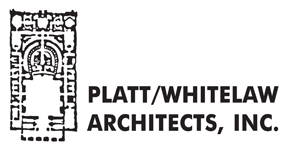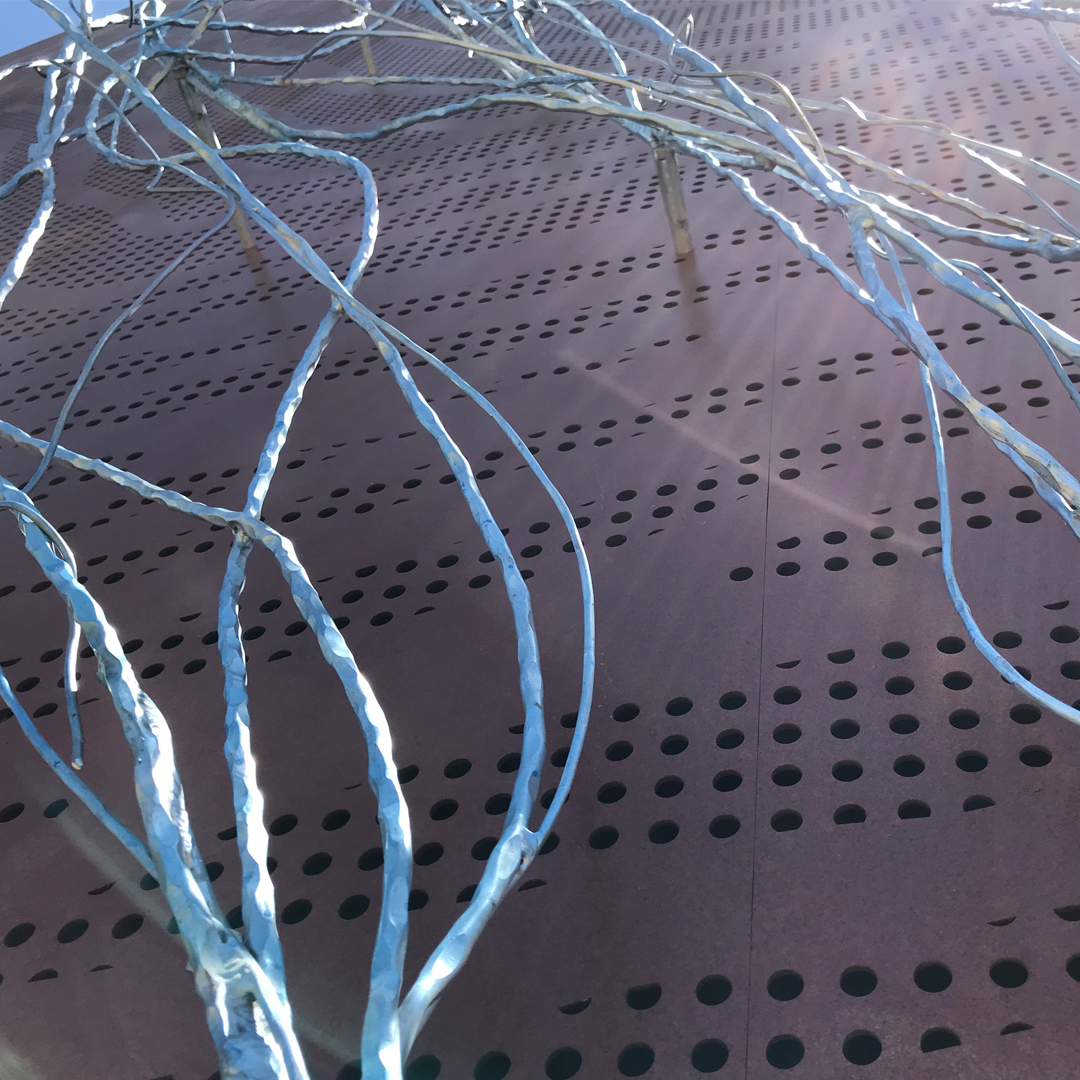Integrating Art into Public Spaces to Engage, Enhance and Inspire
By Naveen Waney and Sandra Gramley, Principals at Platt/Whitelaw Architects A percentage of estimated construction costs for new buildings are required by many public agencies to be set aside to integrate public art. This can be at the federal level, like the General Services Administration, or the local level, like the City of San Diego […]




